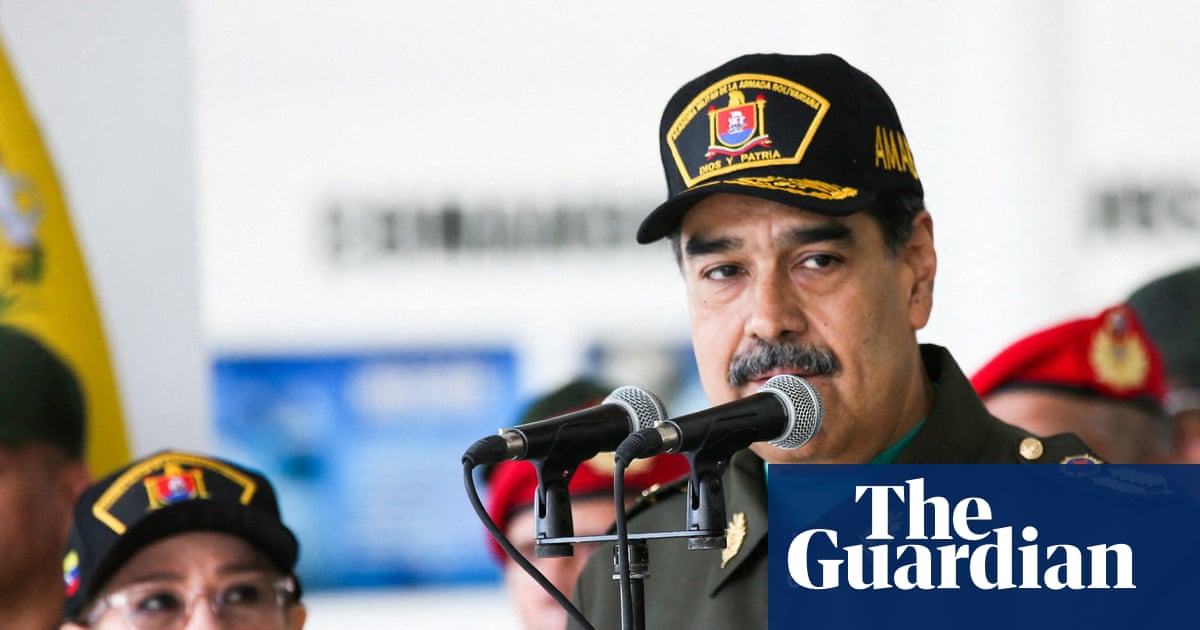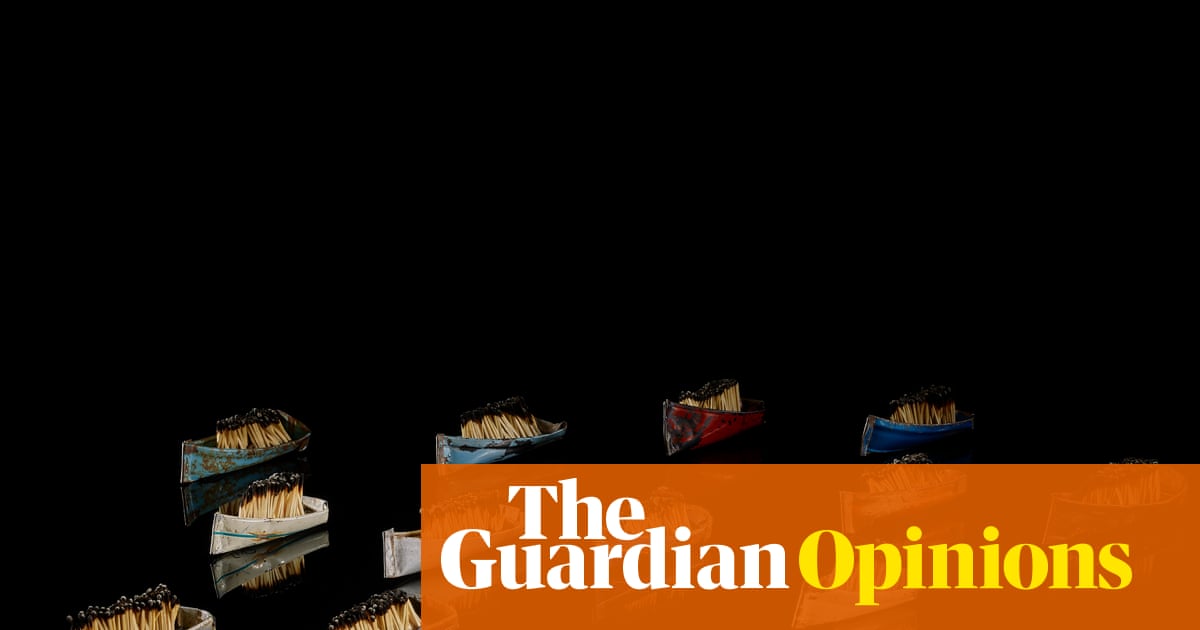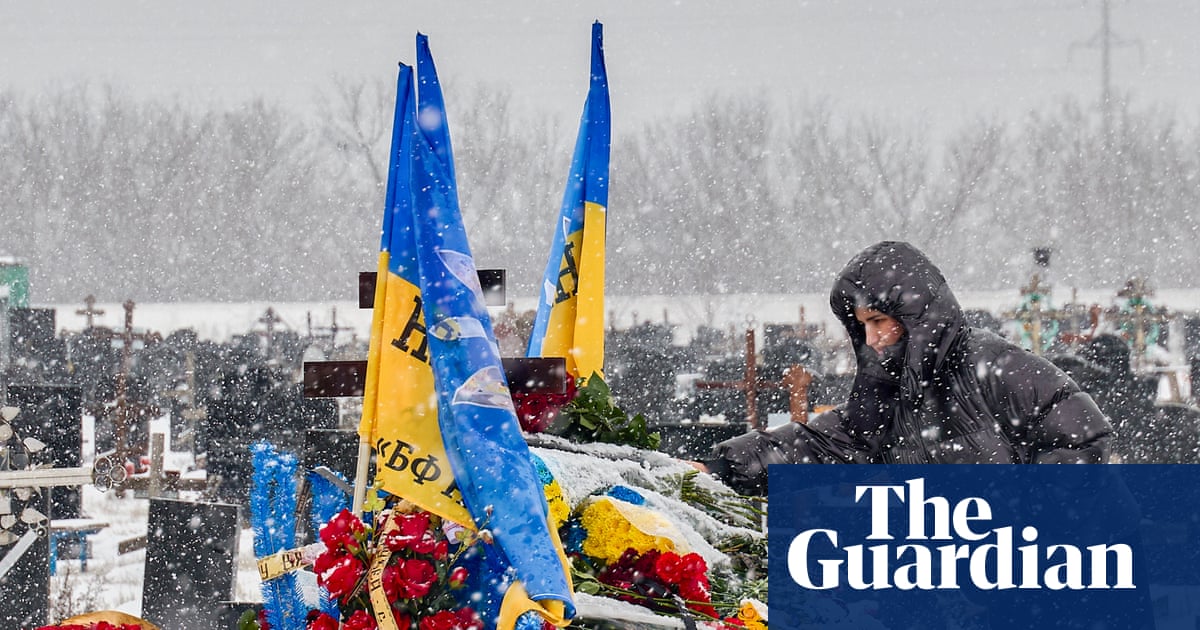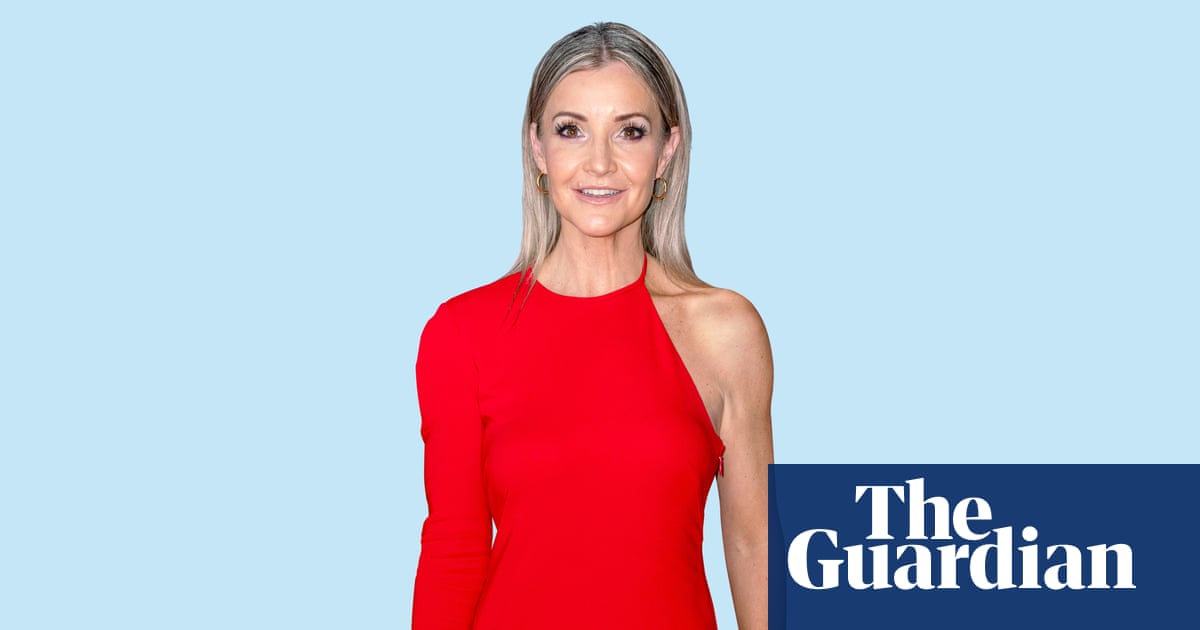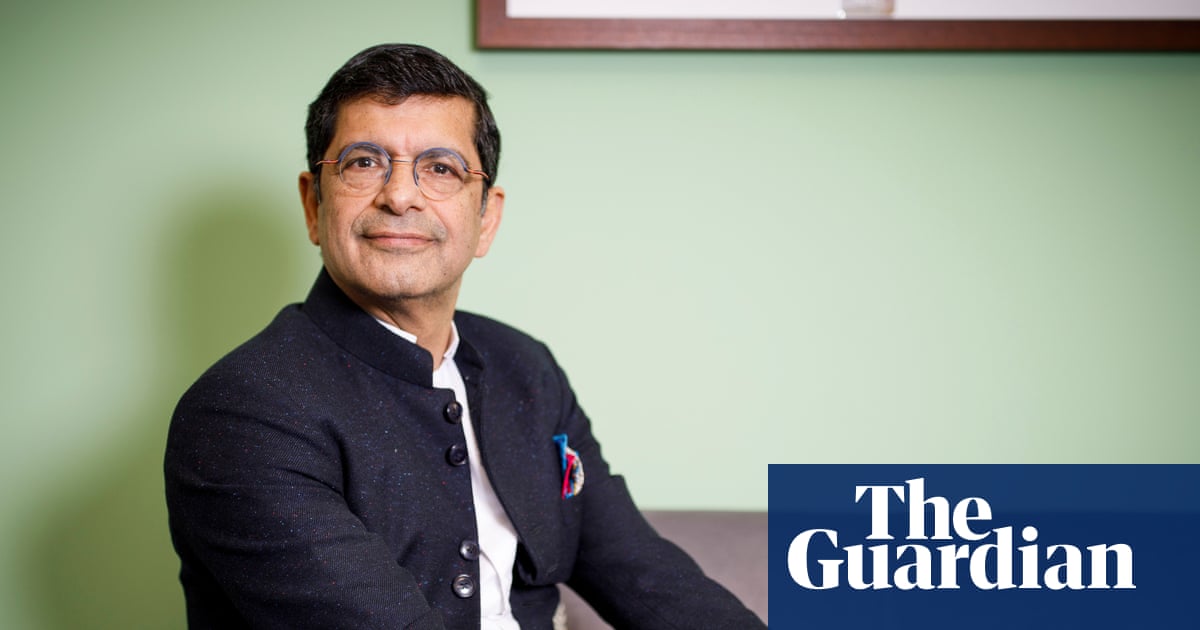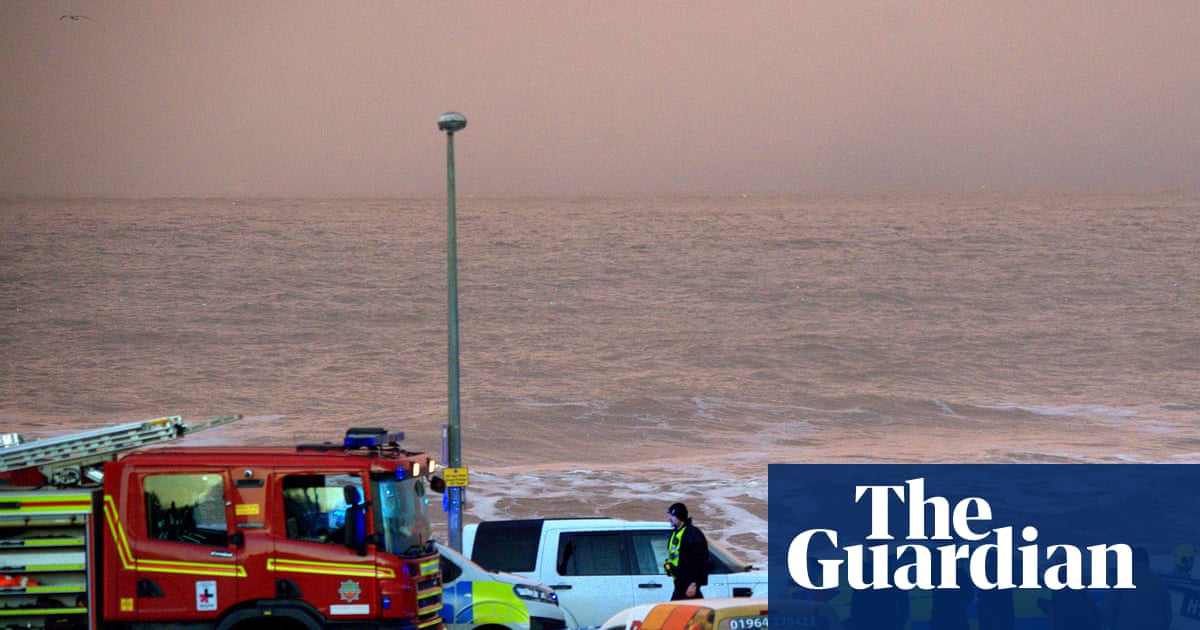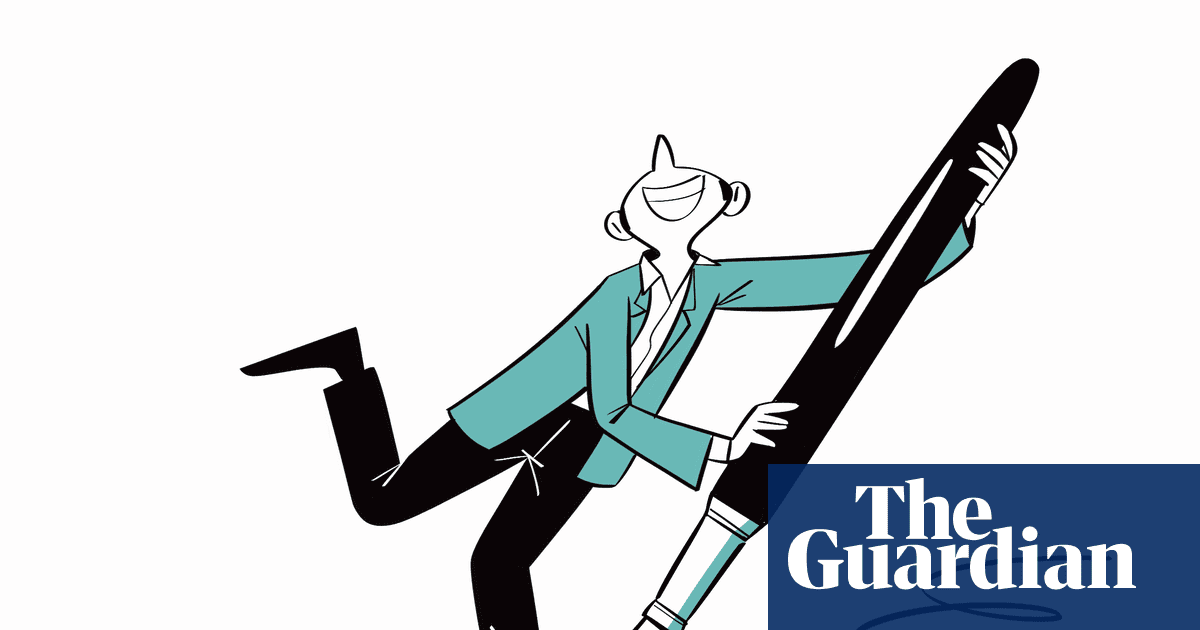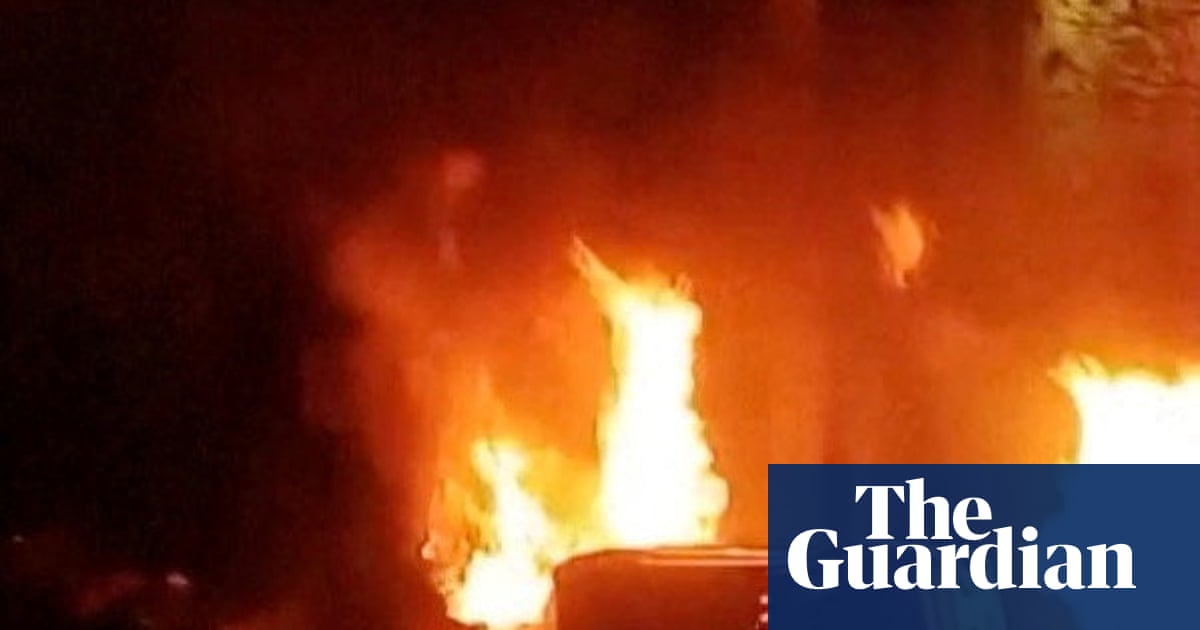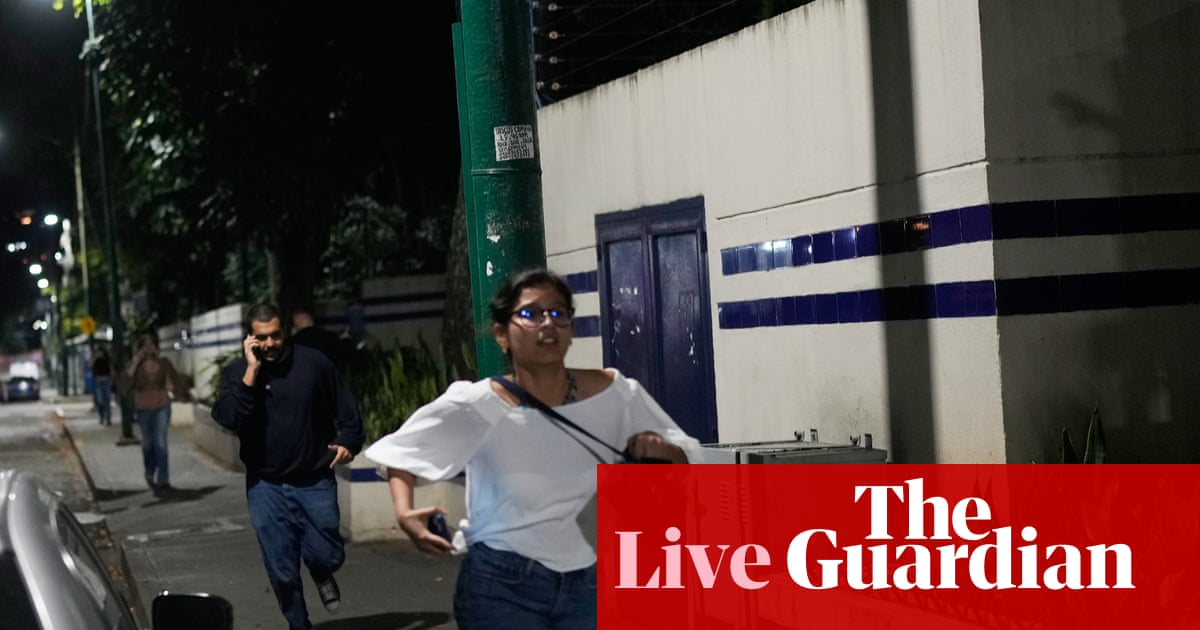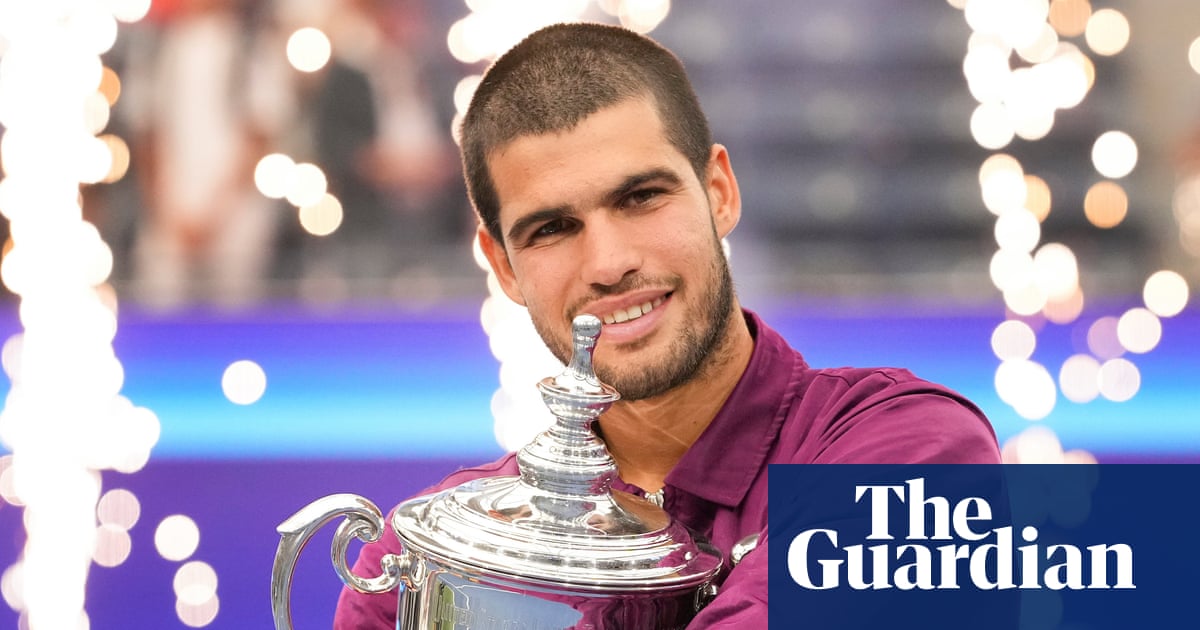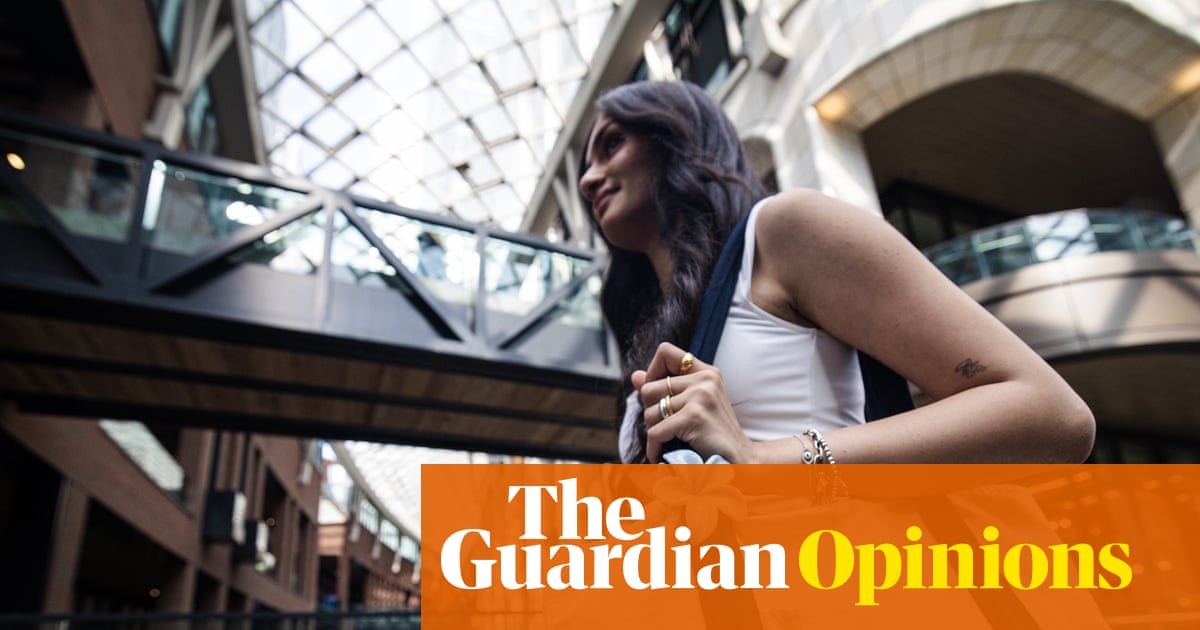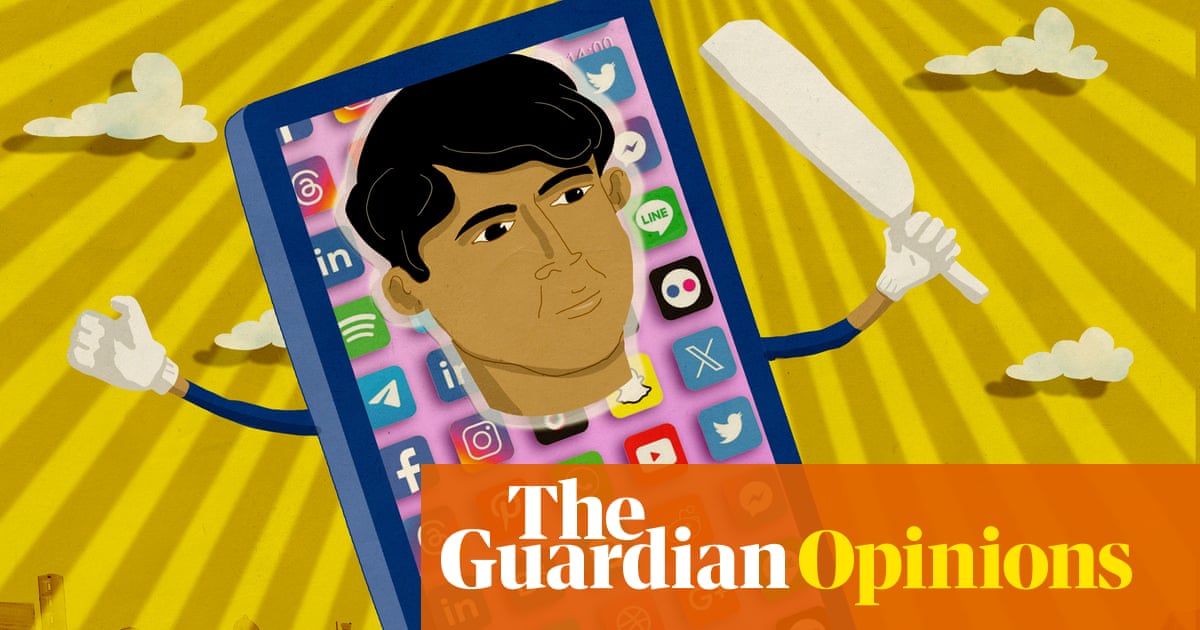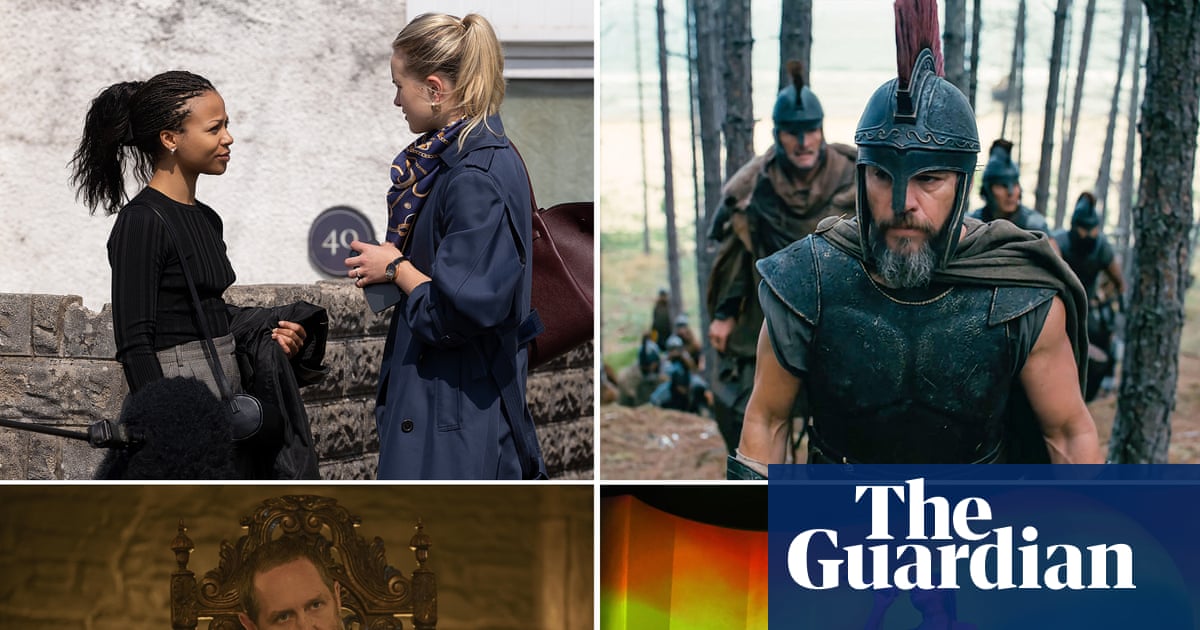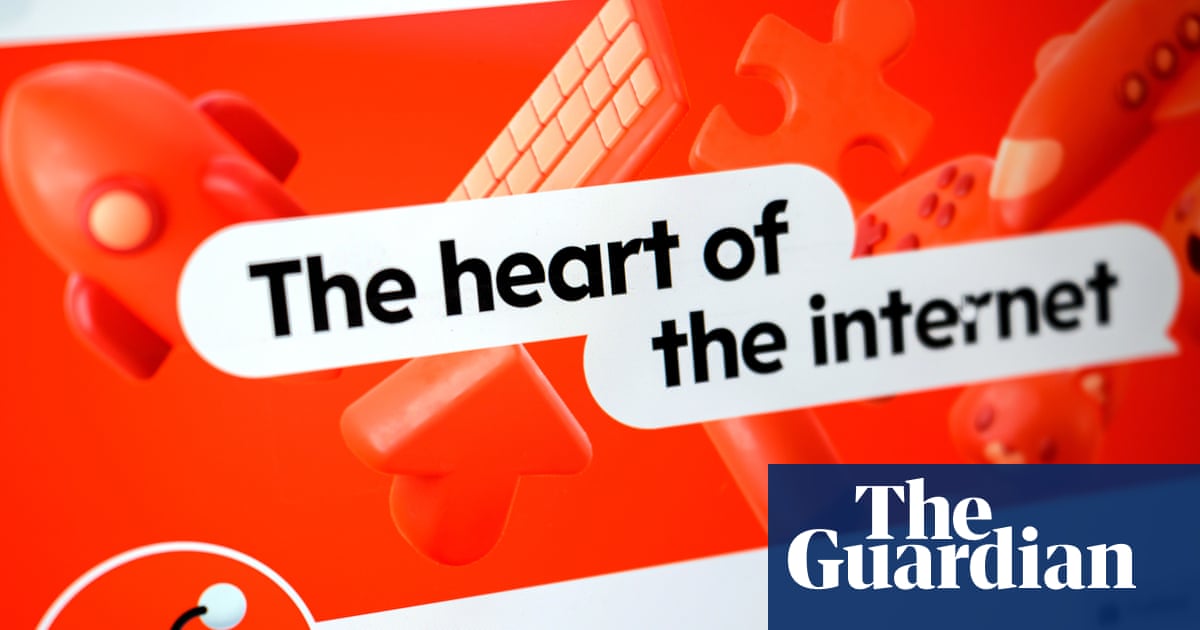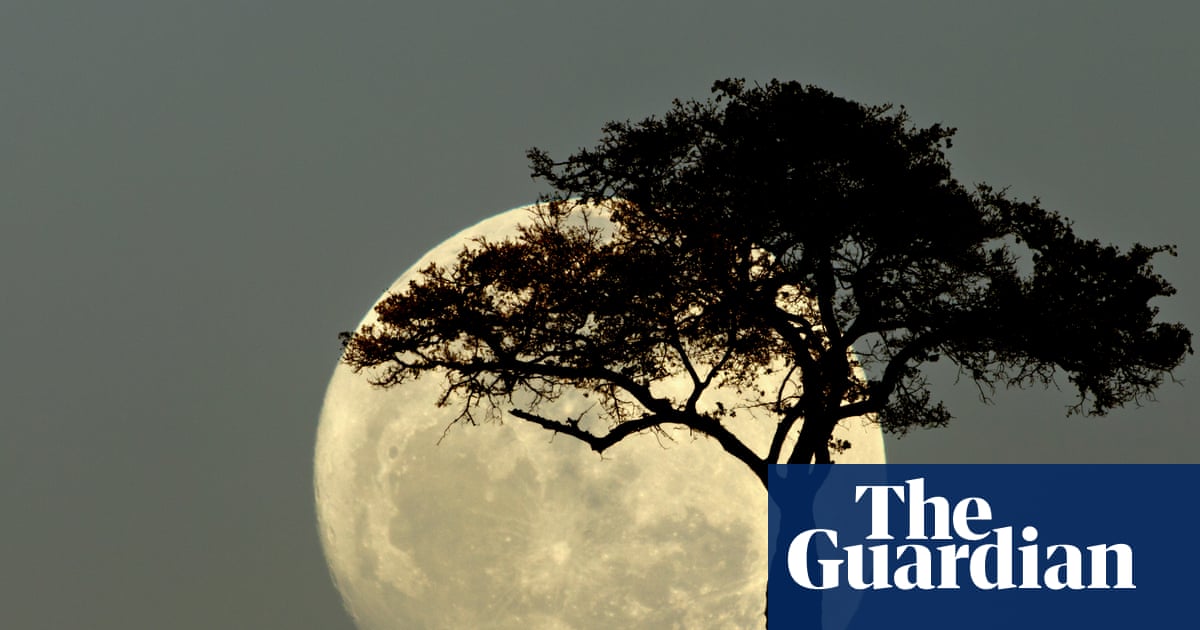In an industrial building in north Philadelphia, teal and red fabric used for aerial tricks dangled from the high ceiling. Alyssa Bigbee, the co-founder of the Philadelphia-based International Black Indigenous Circus Week, called on five performers to circle around for the first rehearsal of their circus show titled The Rebellion: Anarchy. “Remember to breathe. Remember to pace yourself,” Bigbee told the group of mostly Black and brown artists. “Lean on each other and feed off of each other in terms of energy.”
As the song Welcome to the Jungle by Guns N’ Roses blared through the space, Bigbee strided up to a lyra, a metal circle resembling a hula hoop suspended from the ceiling. Her body undulated as she looped her legs in and out of the hoop. Artists linked arms and spun each other around. Later, they leaped into the air and simultaneously collapsed on to the floor. A commentary on the current sociopolitical environment since the November presidential election, the performance captured a range of emotions from anger to hope.
“I’m hoping that this can help fight against some of the actions that are taking place right now; the way that we are stripping down different forms of DEI,” Bigbee said. “I’m hoping people leave and think: ‘This is why we need these spaces.’”
The Rebel: Anarchy is one of 10 full-length shows that will be performed at the second annual International Black Indigenous Circus Week at locations across Philadelphia. The weeklong festival from 15 to 22 September features 40 circus artists of color from around the world. They specialize in aerial – in which fabric, ropes, and lyras are used to dance in the air – juggling, clowning, and acrobatics. The circus week also features workshops and panel discussions that are open to the public. It’s part of the Cannonball festival, an incubator for experimental performances in Philadelphia, and the Philadelphia fringe festival, which features more than 1,000 artistic programs every September. Last year, more than 600 people attended the inaugural International Black Indigenous Circus Week’s events.
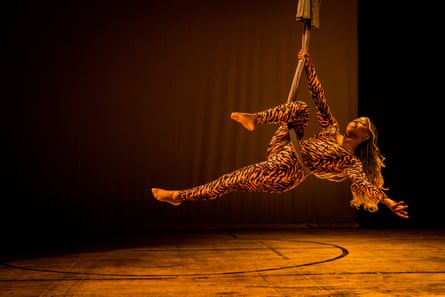
Bigbee and her co-founder Zeloszelos Marchandt, an Oregon-based performer, created the circus week last year as a space for Black and brown artists to convene, learn from each other and to perform together. Black and brown circus performers have long banded together in predominantly white circus spaces, said San Francisco aerialist Veronica Blair. As the founder of the digital exhibit Uncle Junior Project, Blair has created short documentaries and articles featuring current and former Black circus artists since 2010. An official count of the number of Black and Indigenous circus artists is unknown.
The history of Black circus performers began with sideshows, since they were often barred from participating in the main circus from the 19th to mid-20th century. That changed with Ephraim Williams’s creation of the US’s first Black circus in the 1880s, but there wasn’t another Black-owned circus until Cedric Walker started UniverSoul Circus in the early 1990s. In the 19th and 20th centuries, Indigenous performers were often forced to perform racialized stereotypes in wild west tropes of cowboys versus Native Americans.
Following the legacy of past circus performers who carved out their own spaces, Bigbee sees the circus week as an opportunity for artists of color to grow in community. “Now more than ever, a lot of Black and brown communities are feeling isolated,” Bigbee said. “They’re feeling abandoned. To have a space where you are reminded that you still matter, that you are centered is very important.”
‘An accessible art form’
At this year’s circus week, workshops and panels are hosted by performers in the morning, with shows in the evening. The morning offerings include discussions on how to navigate the circus space as queer and gender non-conforming people, how to create a unique persona, using movement to heal, and a talk from artists with disabilities. One evening show that celebrates Egyptian spirituality is set to Afrobeats and house music, while another combines juggling and computer coding. A family-friendly event at Smith Memorial Playground will feature aerial and acrobatics for free. The final evening show on 21 September explores grief and death through movement. Selected artists applied through an online form and the circus week’s governing board of seven people made their final selections based on performers’ past work and visions for their shows.
Bigbee first became interested in aerial performing when she was in college. She had grown up cheerleading and a professor later convinced her to try aerial arts as she healed from a knee injury. Bigbee became hooked. “There were moments where I could really get lost in flow,” Bigbee said. “You can move at your own pace and get to these poses. And there’s something about it that’s free and just allows you to lose yourself.”
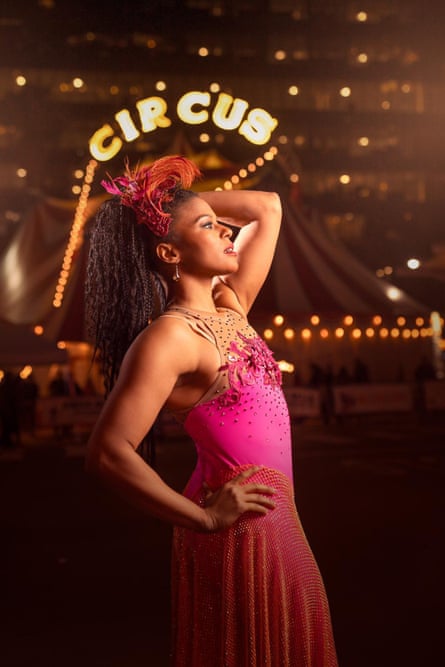
In 2020, she founded Rebel Arts Movement in Philadelphia, a studio that teaches aerial arts, acrobatics and circus skills to people of all ages. Due to the expense of aerial arts, Bigbee hosts one of the only Black-owned circus schools that she is aware of in the nation. A rigging system which holds equipment, such as the lyra, can cost $2,500, with an additional $1,000 per piece of equipment.
Bigbee sees the circus arts as inclusive of people with disabilities and neurodivergence since artists can be creative and don’t need to follow a set of rules. Some of her students are non-verbal and excel at creating pieces by themselves, she said: “It’s an accessible art form, but [the expense] puts up these barriers.” That’s why it’s important to Bigbee that the circus week offers a free performance and workshop to the public and that the performers are provided a stipend of at least $100.
Performers who met at last year’s events have remained in touch through social media. In the future, Bigbee plans to create an email list so that artists can continue to convene throughout the year. She’d also like to expand the network of circus performers of color through a membership system or by creating a co-op.
Blair, Uncle Junior Project’s founder, has brought together Black circus performers throughout the nation by hosting discussions and workshops on Zoom about topics ranging from circus history to diverse body types in circus. Though she’s not involved with the International Black Indigenous Circus Week, Blair said that she was encouraged by the gathering: “I’m always happy to hear that people are creating spaces without needing permission.”
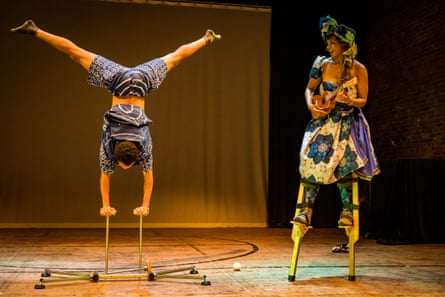
She started the Uncle Junior Project after the death of the Black circus performer Emanuel “Junior” Ruffin who became the first Black person to head a department in Ringling Brosand Barnum & Bailey Circus. Blair was discouraged that Ruffin’s contributions to circus arts history was seldom acknowledged during his life. “That was the impetus for me starting the project, because I know other circus performers that were performing before I was even born,” Blair said. “I wanted to make sure that their stories were written down, or were being told in the video format.”
Over the years, Blair has profiled 15 performers, including Robert Dunn, whose stage name is Onionhead Clown from Da Hood. The personas he’s created are exaggerations of people he’s met in his community, such as a security guard or a person who wipes his windows. After independently performing for more than a decade, Dunn joined UniverSoul Circus in the late 1990s.
As a child, Philadelphia-based professional dancer General Smalls would attend UniverSoul Circus performances every year and was inspired by the artists who looked like him. But he never performed circus arts until this year, when he joined the International Black Indigenous Circus Week after seeing some of last year’s performances. Smalls will be performing in The Rebellion: Anarchy with Bigbee.
At the recent rehearsal in Philadelphia, Smalls kneeled with a dance partner, raised his arms in the air and slowly lowered them to the ground like a wilting flower. “Our show has a lot of meaning behind it,” Smalls said. “Being able to dance, which is something that I love to do, but to also put a meaning behind it and present it to people, that’s a huge moment.”

 3 months ago
78
3 months ago
78

